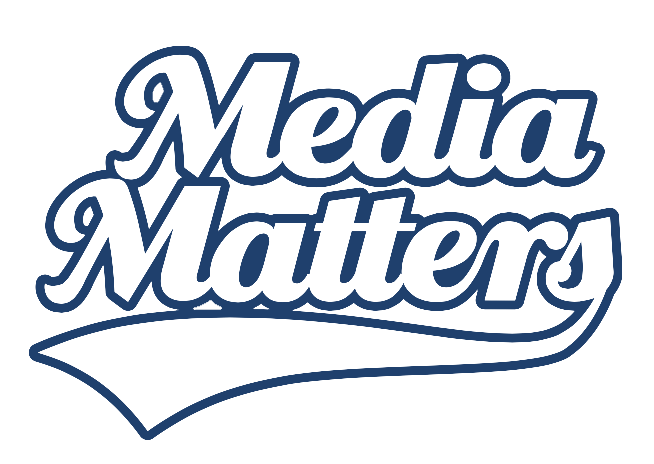Not sure what inbound marketing is? We suggest that you get clued up pretty quickly because you could be losing out on potential business by ignoring this strategy.
‘Inbound leads cost 61% less on average than outbound leads’ – if you weren’t interested in knowing more before, that statistic probably made you sit up straight.
So, what is inbound marketing?
Inbound marketing refers to a marketing strategy that aims to attract, engage, and convert leads into customers through content creation and distribution. Instead of advertising to the customer, as traditional outbound marketing does, inbound marketing focuses on creating reasons for the customer to come to you. The main objective of inbound marketing is to build a relationship with potential customers by providing them with valuable, relevant, and educational content that solves their problems and answers their questions.
Inbound Marketing Vs Outbound Marketing
Outbound marketing is what most people think of when it comes to marketing. These are adverts we see on billboards, radio ads, telemarketing, direct mail, and TV commercials. In digital marketing, this would include cold email marketing, banner and display ads and even pop-ups on websites.
Inbound marketing is a newer concept and rather than pushing ads and messages onto consumers, inbound marketing is designed to pique curiosity and engagement and draw customers in. It is a more targeted approach. It is also often referred to as content marketing, which is the main tactic used in inbound marketing.
Inbound marketing leverages lots of different types of content to engage and interest audiences which include blog posts, social media, infographics, white papers, email newsletters, e-guides, quizzes, polls, and more. Paid search and native advertising are other inbound marketing tactics that help people find and engage with marketers’ content.
Key differences between inbound and outbound marketing?
| Inbound Marketing | Outbound Marketing |
| Attract customers through valuable, relevant content answering their questions and providing solutions | Interrupts customers with promotions and advertisements |
| Build trust and credibility through education | Focus on quick sales and less on building long-term relationships |
| Empahsises the customer’s journey and experience | Focuses on the company’s goals and objectives |
| Lower cost and higher ROI | Higher cost and lower ROI |
| Leads are more likely to convert into customers | Leads are less likely to convert |
| Non-intrusive marketing – less annoying to the audience | Intrusive and often seen as annoying by audience |
Here are some of the key components of an inbound marketing strategy:
- Buyer Personas: A buyer persona is a semi-fictional representation of your ideal customer based on market research and real data. This allows you to understand your target audience better, their pain points, and what kind of content they’re looking for.
- Content Creation: Creating and distributing valuable, relevant, and educational content that solves the problems of your target audience is the foundation of inbound marketing. The type of content can be in the form of blog posts, ebooks, webinars, infographics, and more.
- Search Engine Optimization (SEO): Optimizing your website and content for search engines like Google is crucial for increasing visibility and driving organic traffic. This includes keyword research, on-page optimization, and link building.
- Social Media: Social media is a powerful platform for distributing and promoting your content, engaging with your audience, and building relationships.
- Lead Generation and Nurturing: Inbound marketing also involves creating offers, such as ebooks, webinars, and free trials, that entice potential customers to exchange their contact information for something of value. This information is then used to nurture leads with personalized and relevant content until they’re ready to make a purchase.
- Analytics and Measurement: Measuring the success of your inbound marketing efforts is crucial to understanding what’s working and what’s not. Key metrics include website traffic, lead generation, conversion rates, and customer acquisition cost.
Different inbound marketing strategies
- Content Marketing: Involves creating and distributing valuable, relevant, and consistent content to attract and retain a clearly defined target audience and drive profitable customer action. This includes blog posts, videos, infographics, ebooks, whitepapers, and more. Potential customers can become aware of your business when they search for solutions to their problems
- Search Engine Optimisation (SEO): SEO involves optimising your website and content to rank higher in search engine results pages (SERPs) and drive organic traffic. This includes keyword research, on-page optimization, and link building. Your website is a powerful tool and when used correctly can generate valuable leads for your business.
- Social Media Marketing: Social media marketing involves using social media platforms like Facebook, Twitter, and LinkedIn to promote your content, engage with your audience, and build long-lasting relationships.
- Email Marketing: Email marketing involves using email to communicate with your target audience, build relationships, and drive action. This can include newsletters, promotional emails, and automated email campaigns. Email marketing is up to 40 times more effective than social media, according to a study done by McKinsey & Company. Finding the right balance of educating and promoting in emails can prove valuable for your business.
- Influencer Marketing: Influencer marketing involves partnering with influencers in your industry to promote your brand and reach a new audience.
- Referral Marketing: Referral marketing involves incentivizing your existing customers to refer friends and family to your business. This can be done through referral programs, discounts, and other rewards.
- Video Marketing: Video marketing involves creating and promoting videos to reach and engage your target audience. This can include explainer videos, product demos, customer testimonials, and more.
- Interactive Content: Interactive content, such as quizzes, surveys, and interactive infographics, is a way to engage your target audience and provide them with a unique and memorable experience.
Examples of Successful Inbound Marketing Campaigns:
Hubspot: Hubspot is a leading inbound marketing and sales platform that has seen tremendous success through its inbound marketing efforts. The company used blog posts, ebooks, webinars, and other forms of content to educate its audience on inbound marketing and drive them to its platform.
Moz: Moz, a leading provider of inbound marketing software and services, has seen great success through its “Beginners Guide to SEO” campaign. The campaign offered a comprehensive guide to search engine optimisation that was easy to understand and implement.
Coca-Cola’s Share a Coke Campaign: Coca-Cola’s Share a Coke campaign was a successful inbound marketing campaign that encouraged customers to share personal photos and experiences with the brand on social media. By leveraging the power of social media, Coca-Cola was able to build relationships with its customers and create a buzz around its brand.
Airbnb’s Referral Program: Airbnb’s referral program was a successful inbound marketing campaign that incentivized its existing customers to refer friends and family to the platform. The company offered a discount to both the referrer and the referred person, making it a win-win for both parties.
Dell’s Social Media Listening Campaign: Dell’s social media listening campaign was a successful inbound marketing campaign that leveraged the power of social media to listen to its customers and respond in real time. By actively engaging with its customers on social media, Dell was able to build relationships and improve customer satisfaction.
In conclusion, inbound marketing is a powerful strategy for attracting, engaging, and converting leads into customers. By providing valuable, relevant, and educational content, optimizing for search engines, leveraging social media, and measuring your results, you can build a relationship with your target audience and drive success for your business.
Contact Media Matters if you need an inbound marketing strategy to skyrocket your business success.





